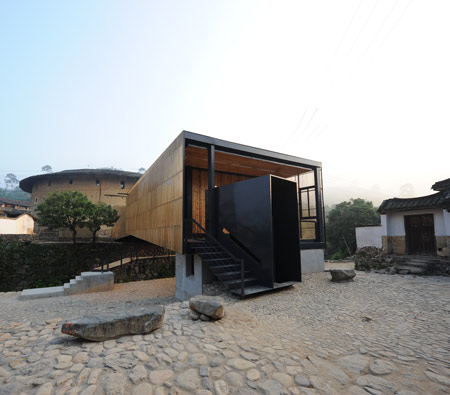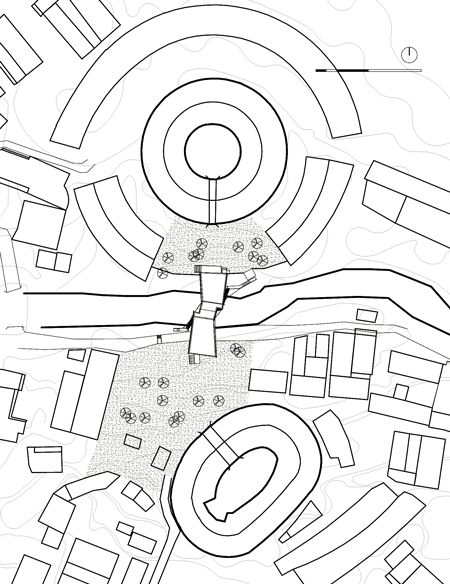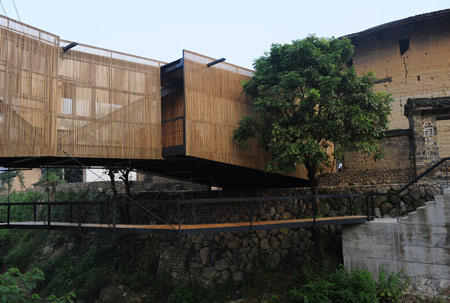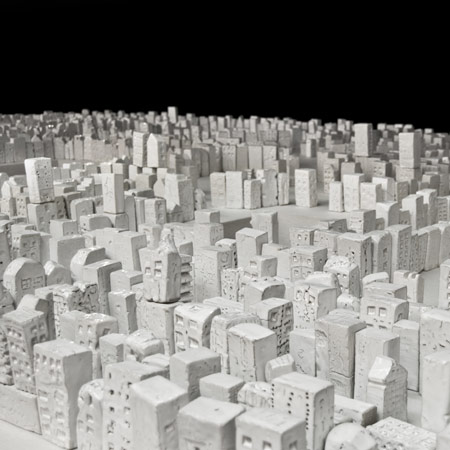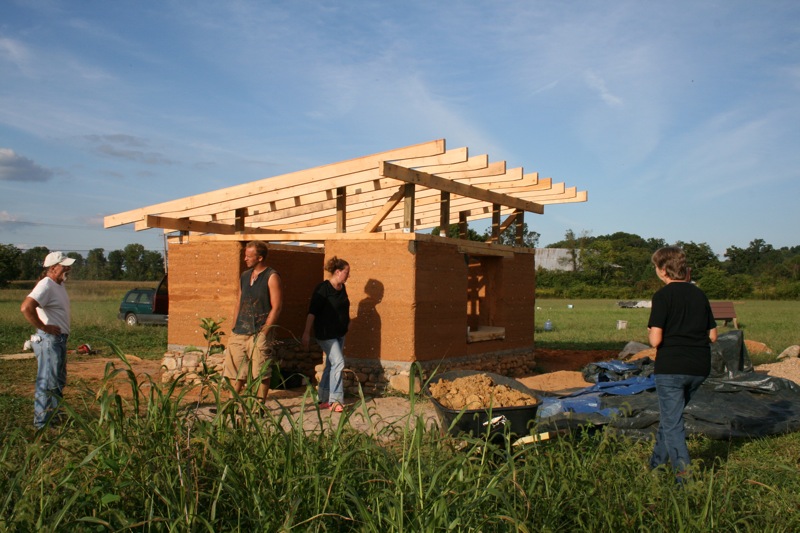
Gaza’s scars have been frozen in place since Israel waged war a year ago to subdue Hamas and stop rockets from hitting its towns. Entire neighborhoods still lie in rubble, and traumatized residents can’t rebuild their lives. A three-year-old blockade of Gaza imposed by Israel and Egypt makes any large-scale rebuilding impossible, because the embargo includes steel and concrete. As we reported previously, the Israeli siege has led ingenious Palestinians to build homes with mud brick. Furthermore, soil excavated from tunnels used to smuggle goods from Egypt has been used in the manufacture of mud bricks.

Now the United Nations is constructing compressed earth block homes to assist with the homelessness caused by the destruction and the siege. The first phase of the project calls for the construction of 120 homes at a cost of 12,000 to 15,000 dollars (8,000 to 10,000 euros) each with funding from Kuwait and the Red Crescent Society of the United Arab Emirates. The agency is training workers to make the mud bricks at its headquarters and hopes to provide dozens of jobs in the territory where more than 80 percent of the population relies on foreign aid.
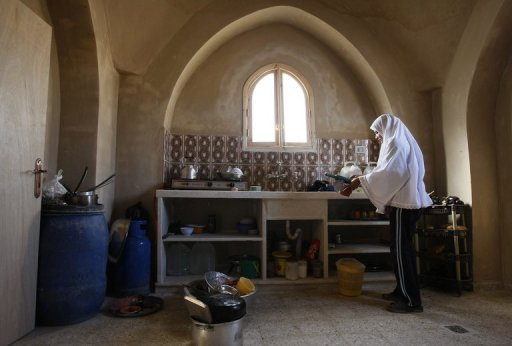
The houses are made of local materials in an ancient technique, compressed mud bricks, wooden window frames and a domed roof that does not require steel. The main U.N. aid agency has ordered 120 such Arabesque-style homes with graceful arches as shelters for the displaced.

